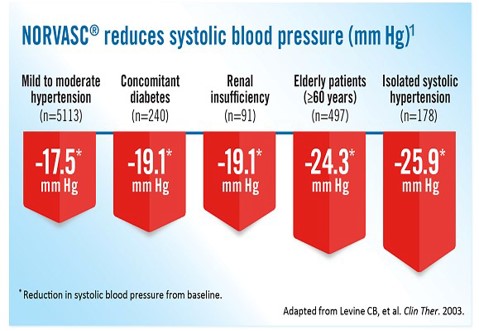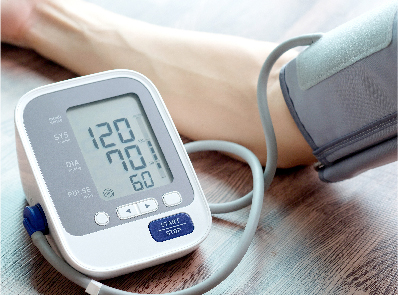Norvasc®
Efficacy in Reducing Blood Pressure
NORVASC® (Amlodipine Besylate):
NORVASC® reduces systolic blood pressure (mm Hg ) across a wide range of patients with hypertension1

References:
- Levine CB, Fahrbach KR, Frame D, et al. Effect of amlodipine on systolic blood pressure. Clin Ther. 2003;25(1):35-57.
NORV-2024-0032
